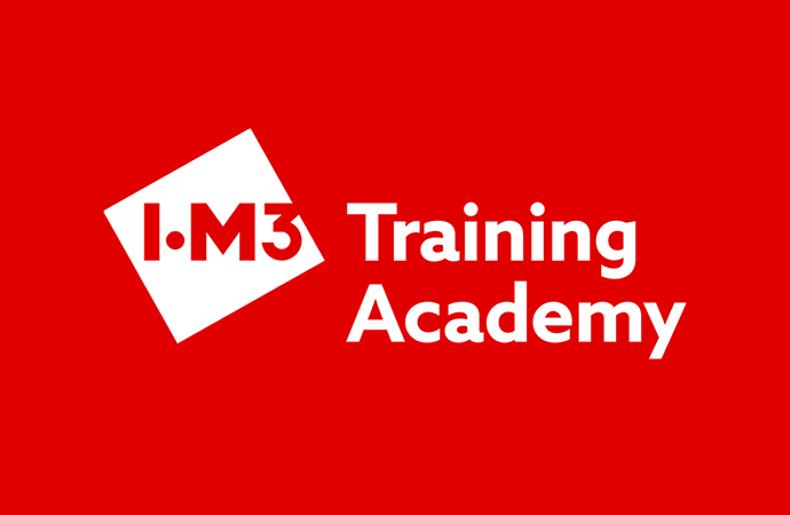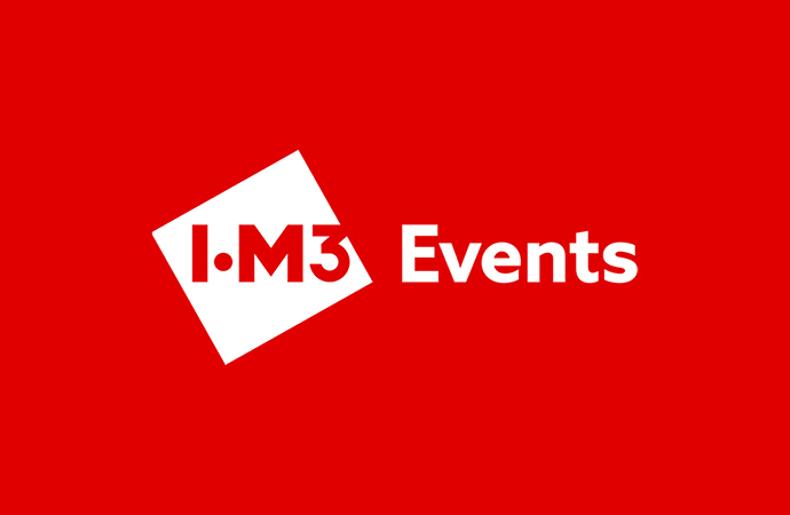Novel strategies to develop energy storage conversion devices using direct ink writing
The Newport & Cardiff Materials Society (NCMS) is pleased to announce their May lecture which will be delivered by Dr Victoria Garcia Rocha of the Institute of Carbon Science & Technology, CSIC Spain and the School of Engineering at Cardiff University on 'Novel strategies to develop energy storage conversion devices using direct ink writing (DIW).'
In this talk some of the most relevant strategies to achieve effective 3D printing of dissimilar materials will be highlighted. 3D-printing through material extrusion of viscoplastic pastes is also known as direct ink writing (DIW) or robocasting. DIW was initially developed to create complex ceramic structures, hence the term robocasting, and so far, has been mainly exploited in research labs for small scale fabrication. Due to its relative simplicity DIW is the most viable option to create high resolution (~1µm- 1mm) multi-material 3D structures. Combining a wide range of materials from polymers, ceramics, metals and nanomaterials into complex geometries, tailored to fit specific requirements and applications will enable the growth of fields from sensors, energy storage and conversion or structural composites for engineering. To further develop DIW it is crucial to develop pastes with the same rheology and to understand how to postprocess them so then can be easily printed and transformed into multimaterial structures. For example, printing the active material precursor (Chemically Modified Graphene) and the current collector (copper) using a thermoresponsive polymer for electrodes in energy storage devices will be revised in this talk. The devices are designed to provide enhanced electrical properties, specific surface area, mechanical performance, packing of reduced chemically modified graphene and low active material density while facilitating the post-processing of the multicomponent 3D printed structure. Novel strategies to develop energy storage conversion devices using multimaterial DIW based in graphene materials will be also briefly introduced.
The lecture will be delivered via Zoom, please register using the link above.



